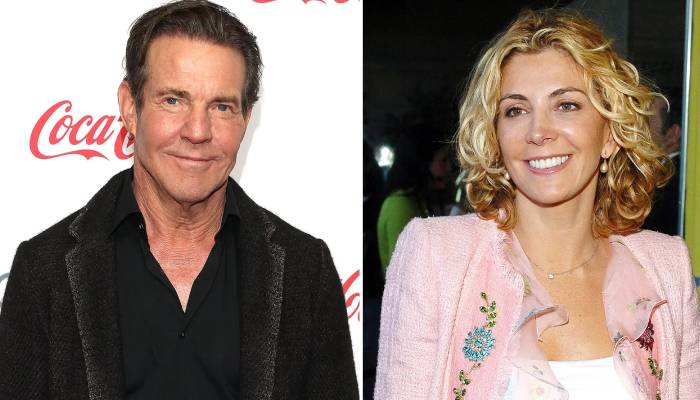And there will also be one GTX 1650 on the TU116 GPU
There are currently three models of Nvidia desktop graphics cards in the GeForce GTX 1650 series on the market. These are the younger GTX 1650, the same GTX 1650, but with GDDR6 memory, as well as the older and much more powerful GTX 1650 Super.

Nvidia is preparing the GTX 1650 on steroids. New will get a GPU, like the RTX 2060
Given the imminent release of a new generation, it would hardly be worthwhile to think that Nvidia will no longer produce new Turing generation adapters, however, there are hints of what will happen anyway.
The first version will receive the TU116 GPU, which is the basis of the GTX 1650 Super and the cards of the GTX 1660 line. How the new video card will differ from the current one is unclear. Perhaps it will fill the gap between the GTX 1650 and GTX 1650 Super, which remained quite significant, despite the release of a younger version with faster memory.
More interesting and strange is the version on the TU106 GPU. The fact is that this is the RTX 2060 GPU! Not only is it much larger, more productive, and more expensive than the TU116 and even more so the TU117, it also contains tensor kernels and RT kernels! Moreover, the source says that they will remain there, though they are likely to be disconnected. In addition, the source says there is an NVENC encoder inherent in older Turing cards.
What kind of hybrid it will be, what parameters it will have, and why it is needed at all, so far we can only guess. But the card will allegedly relate specifically to the GTX 1650 line.
As for the insider under the pseudonym program, he has already repeatedly confirmed his reliability. For example, it was he who in February provided data on the Core i7-1068NG7 processor, which will be used in the new MacBook Pro 13.









